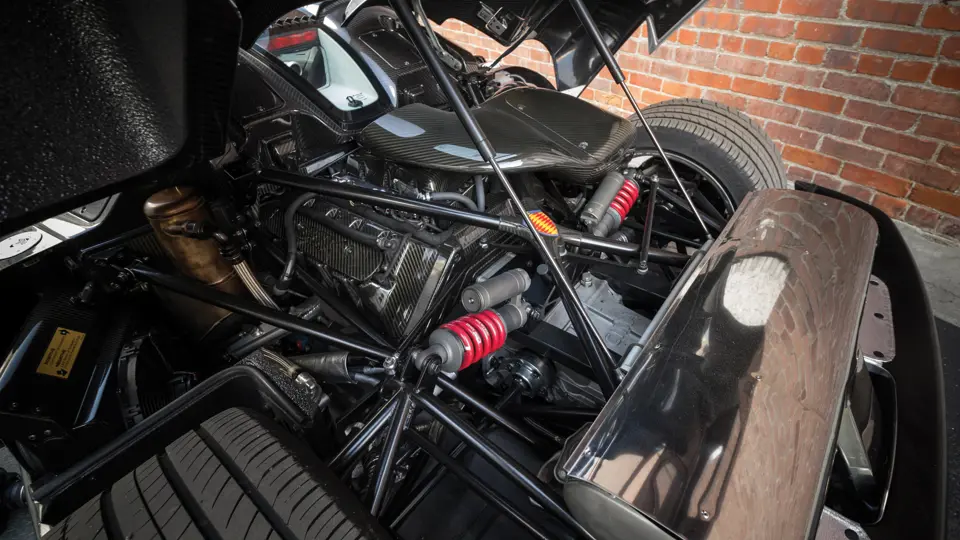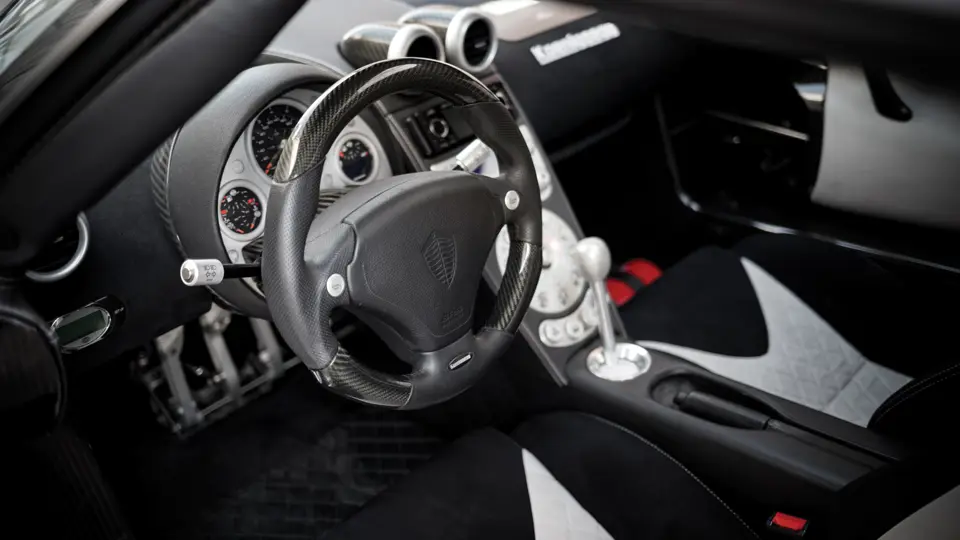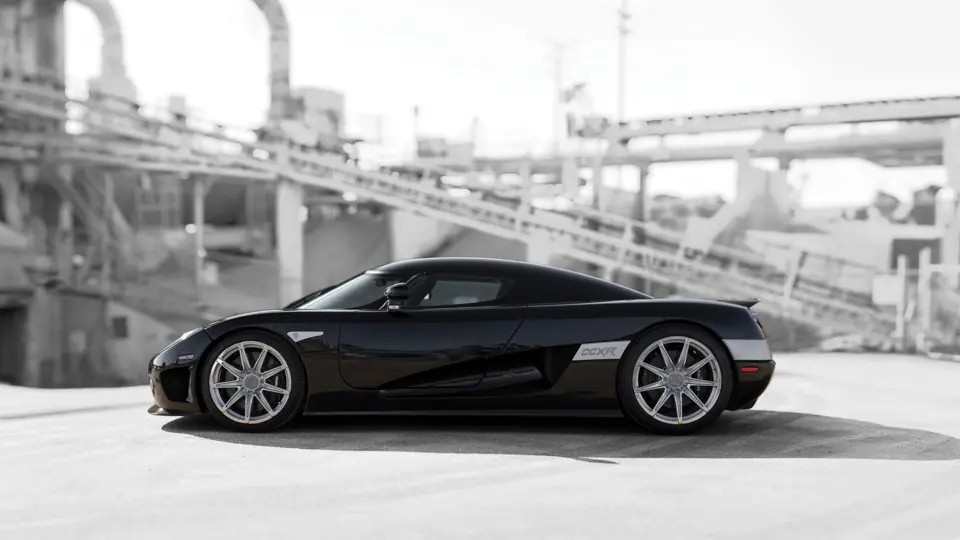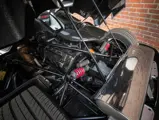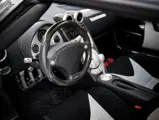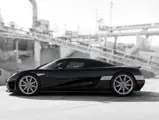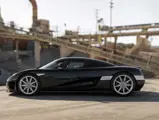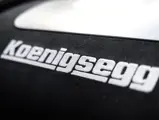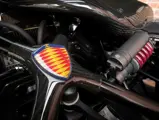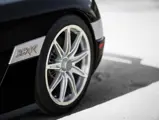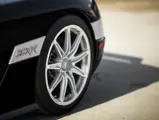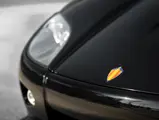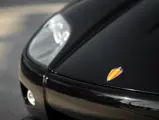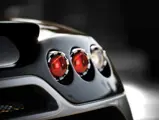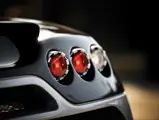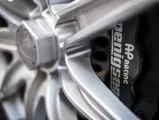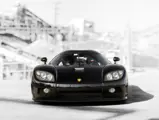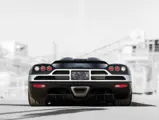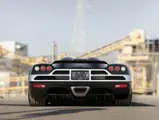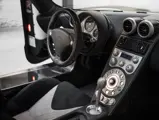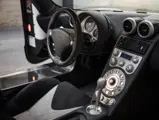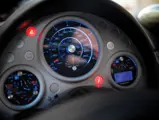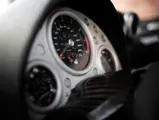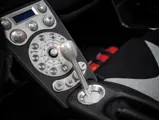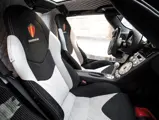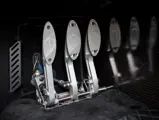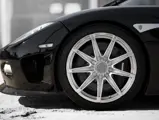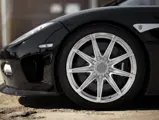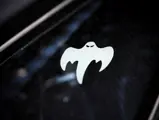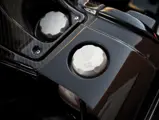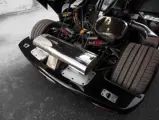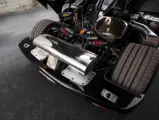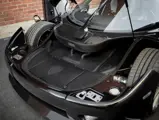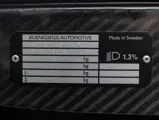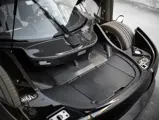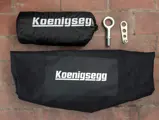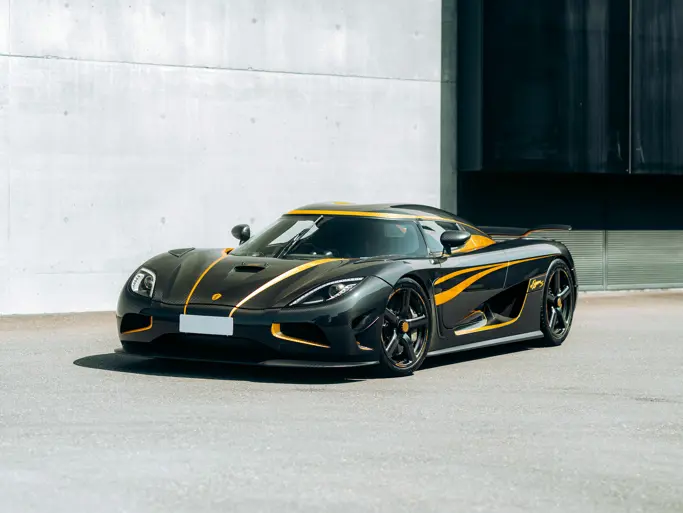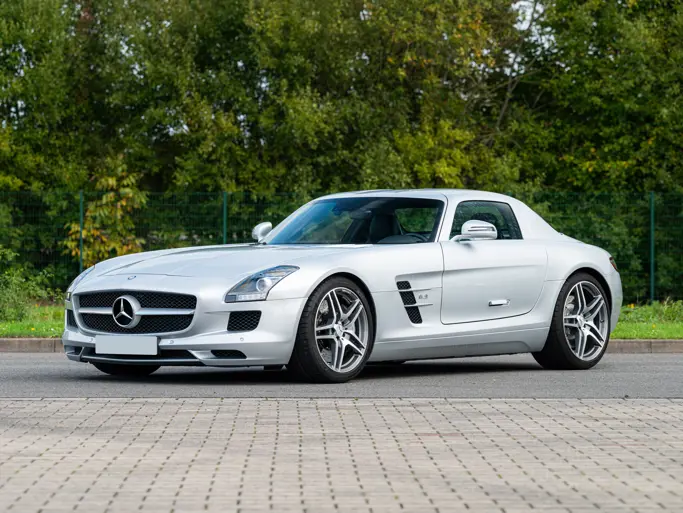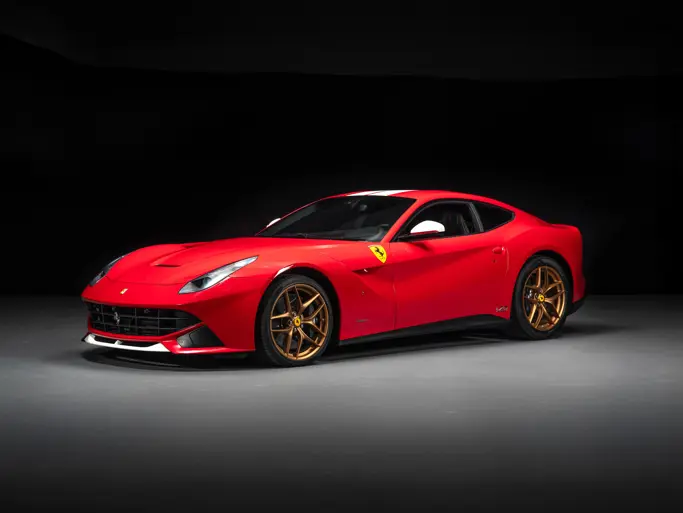
2008 Koenigsegg CCXR
{{lr.item.text}}
$825,000 USD | Sold
The Pinnacle Portfolio: A Rare Collective of Automotive Distinction
{{bidding.lot.reserveStatusFormatted}}
- Koenigsegg’s brilliantly engineered CCXR; capable of producing 1,018 horsepower on E85 ethanol and 0–100 km/h in 3.1 seconds!
- Presented at the opening of Koenigsegg Abu Dhabi and the 2007 Middle East International Motor Show
- Featured in the fifth installment of the Fast and the Furious series, Fast Five
- Numerous factory upgrades performed by an authorized Koenigsegg specialist, including an Agera-spec suspension
- One of only five examples currently in the U.S.; just two owners and showing only 441 original miles
- Very desirable six-speed manual transmission
1,018 bhp, 4,700 cc DOHC aluminum V-8 with twin Rotex centrifugal superchargers, six-speed manual transmission, four-wheel independent suspension with double wishbones and two-way adjustable VPS gas-hydraulic shock absorbers, and four-wheel ventilated carbon-ceramic disc brakes. Wheelbase: 104.7 in.
Starting your own supercar company is not for the faint of heart. Few succeed in their dreams of challenging the establishment. Thus, at the age of 22, the odds were definitely stacked against Christian von Koenigsegg, but his incredible attention to detail and engineering quickly won over skeptics, and they helped to establish his company as one of the most progressive in the industry.
SWEDEN’S SUPERCAR
At the age of 5, Christian saw a Norwegian stop-motion film about a bicycle repairman who built his own racing car and he was inspired to follow the same route. He founded Koenigsegg in Ängelholm, Sweden, in 1994. Koenigsegg began building their first production car, the CC8S, in 2002. Remarkably, it was instantly lauded as one of the best supercars ever built and was crowned the World’s Most Powerful Production Car by The Guinness Book of World Records.
Its replacement, the CCR, took to the Nardo ring in Italy in 2005, where it reached a top speed of 388 km/h, besting the record held by the McLaren F1 for nearly seven years, to become the world’s fastest production car.
His next supercar was the CCX, and again, Koenigsegg was ready to once more raise the bar against all other supercars and subsequently introduced the CCXR. While the engines in previous cars were based on a Ford engine block design, the CCXR boasted Koenigsegg’s own unique engine design, which was fully developed and assembled at their facilities in Ängelholm. The engine was brilliantly designed and delivered incredible power, coupled in a lightweight package, and it even complied with the ever-increasing emissions regulations of the time.
This was achieved by engineering it to run on E85 ethanol instead of conventional petrol, making the world's first "green conscious" supercar. The CCXR can run on regular petrol or pure E85 or in any mixture in between as it features flex-fuel technology. While running on normal petrol, the CCXR’s engine can produce 806 brake horsepower, but when fueled by E85 ethanol, the car can produce a monstrous 1,018 brake horsepower, allowing Koenigsegg to reclaim its title as the producer of the world’s fastest production car.
It goes without saying that performance was absolutely astounding. A 0–100 km/h sprint takes 3.1 seconds, doubling that in just 8.9 seconds. Furthermore, accelerating from a stop to 200 km/h and braking back down to a full stop again takes only an incredible 13.7 seconds. Unlike other supercars with comparable performance figures, the CCXR is drastically more efficient when running on E85 ethanol.
Widely acclaimed by the world's press, it is worthwhile to note that the CCX holds the 7th fastest lap time on the Top Gear test track, and the CCXR is even faster than its non-E85 powered sibling. Furthermore, It was named #1 Power Car by the German magazine Power Cars in 2008 and Forbes Magazine called the CCXR "One of the 10 Most Beautiful Cars in History" in 2009.
Visually, these cars are striking, but the most interesting and renowned aspect of Koenigsegg’s design are its Dihedral Synchrohelix doors, which open both outwards and upwards in a unique fashion to improve egress and ingress in close quarters. Another unique build characteristic is the car’s convertible top. Thanks to the inherent structural rigidity of the car’s carbon fiber monocoque, the roof can be removed, turning the car into one of the fastest convertibles ever produced. Even more incredible is that the top can be securely stowed away in one piece in the car’s nose, allowing for the roof to be kept with the car at all times, rather than having to be left at home and out of reach in the case of impending rain. Finally, the car’s incredible power is harnessed by a six-speed manual transmission, allowing it to be named amongst other great late-model, analog supercars and giving it character and soul all its own.
CHASSIS NUMBER 041: AROUND THE WORLD
This particular Koenigsegg was born as the 41st Koenigsegg built and was originally destined for the Middle-Eastern market. Within CCXR produciton, it stands as one of eighteen examples produced, one of five currently in the U.S., and one of just three in the U.S. fitted with a manual transmission. It was first seen at the opening of Koenigsegg Abu Dhabi in October 2007, and later that month, it was displayed at the 2007 Middle East International Motor Show in Dubai. Afterwards, the car returned to Koenigsegg Abu Dhabi and was on display as the company’s newest and most impressive model for several months before it eventually returned to Sweden.
Interestingly, the car was offered as the second grand prize in the 2008 Cash and Cars Lottery, in support of the Alberta Cancer Foundation and Canadian Cancer Society. It was shipped to Bentley of Calgary, where it was displayed prior to the drawing. However, the winner, Louie Edgi of Norman Wells, Northwest Territories, Canada, opted to take a cash prize instead of the car. Despite the allure of one of the world’s fastest and most impressive supercars, Edgi felt that the CCXR simply was not practical enough considering where he lived. His hometown of Norman Wells boasts a population of less than 800 people, has one 12-kilometer road, and is only accessible to the outside world by air!
The Koenigsegg returned to Ängelholm, Sweden, and in 2009, it was sold to a U.S.-based customer. At this time, the car was fitted with nine-spoke wheels, a newer three-gauge dashboard, and a passenger-side airbag, and red rear side-markers were fitted for U.S. federalization. As the car looked truly striking in black over two-tone black and white, it remained unchanged cosmetically, retaining its original color scheme.
Chassis number 041 was delivered to its first owner in Florida after the completion of the modifications in February 2010. Shortly after, it was featured in the fifth installment of the acclaimed Fast and the Furious series, Fast Five, alongside Tyrese Gibson, Ludacris, and CCXR chassis number 072 (owned by the same Florida collector), in one of the final scenes of the movie. The car was purchased by its current and second owner in 2012, and it still continues to remain in as-new condition. Despite having traveled to three separate continents during its life, chassis number 041 currently shows 441 miles on its odometer. Additionally, Koenigsegg Automotive AB is pleased to extend the winning bidder of this CCXR an invitation to tour its factory in Ängelholm as an official welcome to the Koenigsegg family. Please contact an RM Sotheby’s representative for additional information regarding this incredible opportunity.
During its time in Florida, the car was maintained by Rock Ruby, a Florida-based, Koenigsegg-certified mechanic. Just prior to its current owner’s acquisition, Ruby performed a series of factory upgrades to the car, which included updating the suspension to newer Agera specifications. Since then, the car has received its requisite annual services, and it remains ready for road use.
In its 21-year history, Koenigsegg has again and again proven that it is willing to take the road less traveled in designing and engineering cars that can take the fight to the likes of Ferrari, Porsche, and Lamborghini. From the moment the driver slides easily into the car, past its Dihedral Synchrohelix doors, presses the ignition and starter buttons on the dashboard, hears the unique twin-supercharged V-8 rumble to life, and slides the very desirable six-speed manual transmission into first gear, it is clear that the CCXR is a very special automobile, offering a wholly different experience to anything else available today.


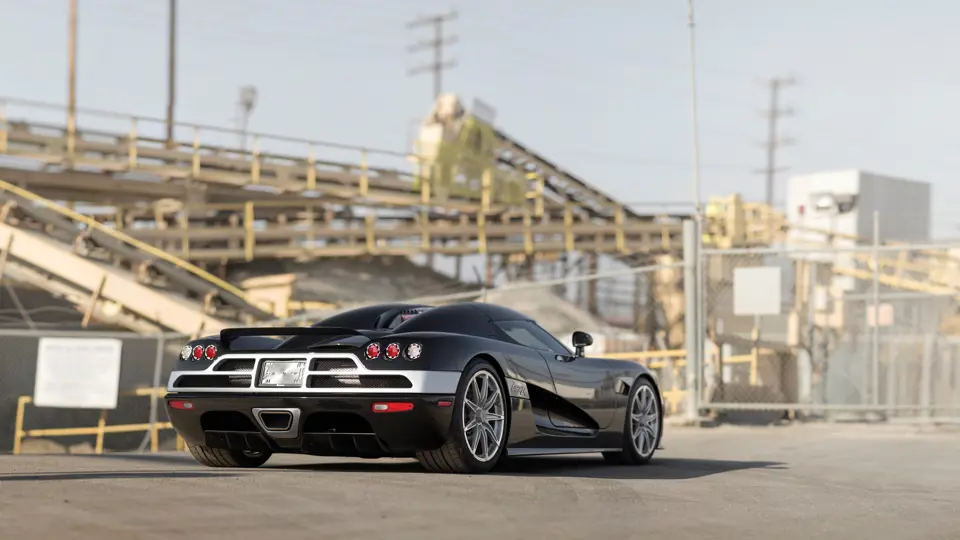

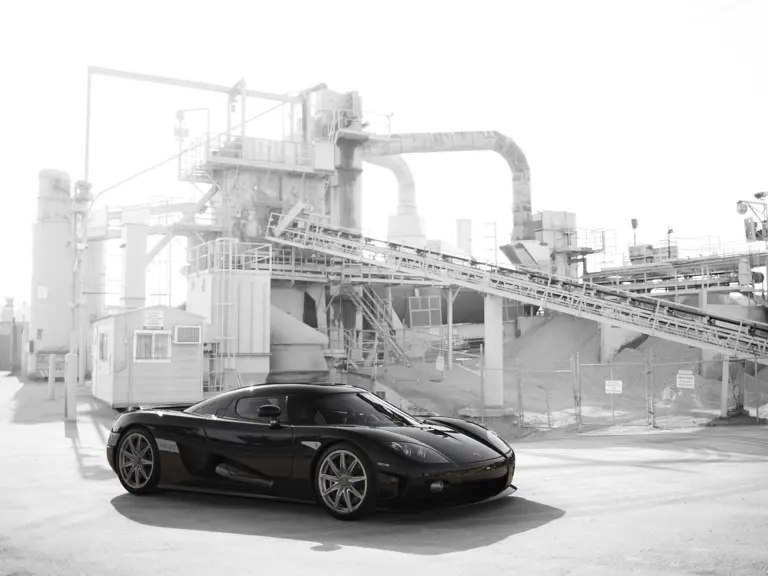
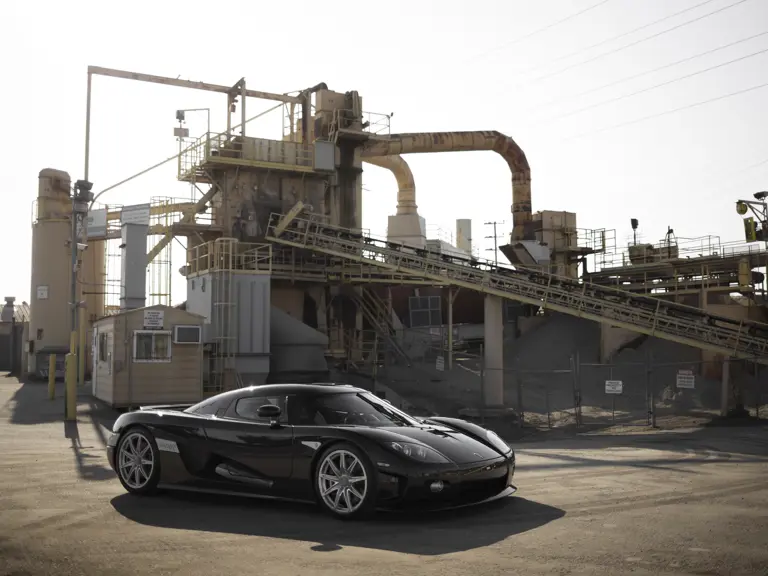

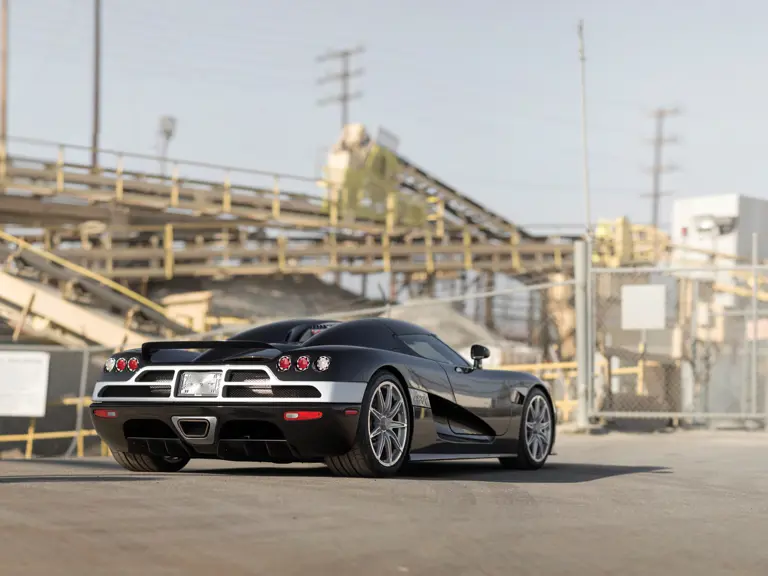
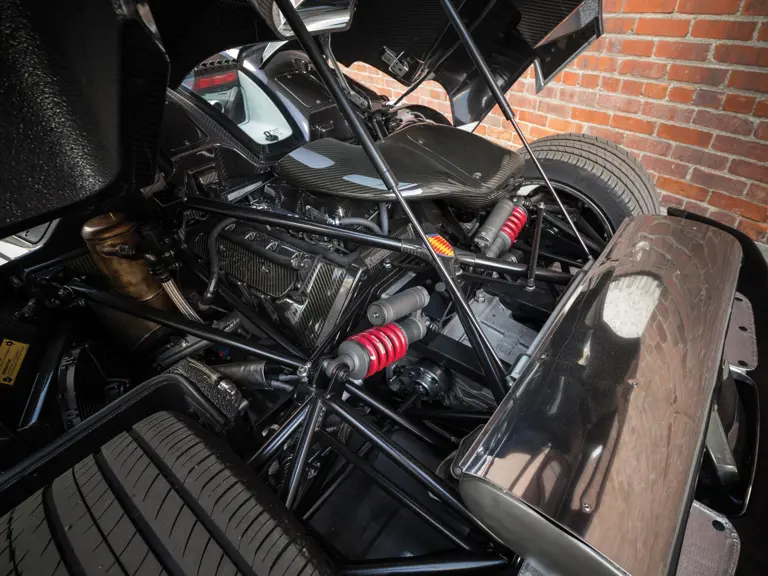
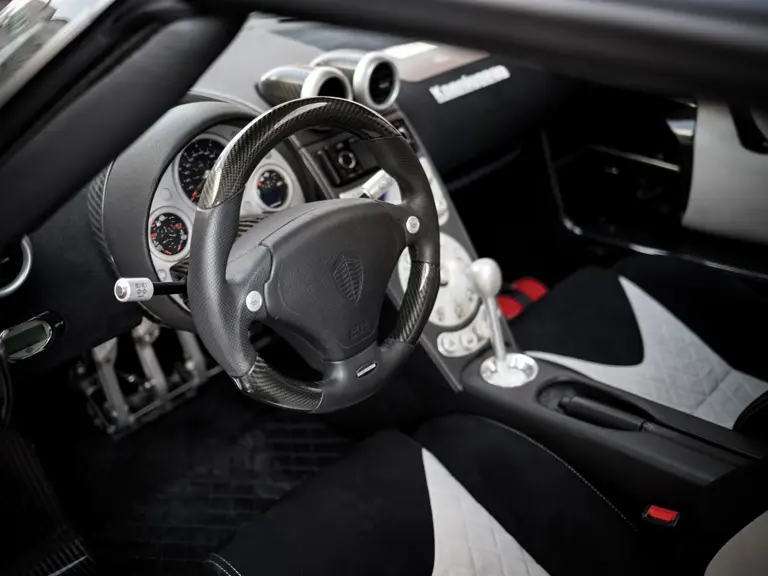
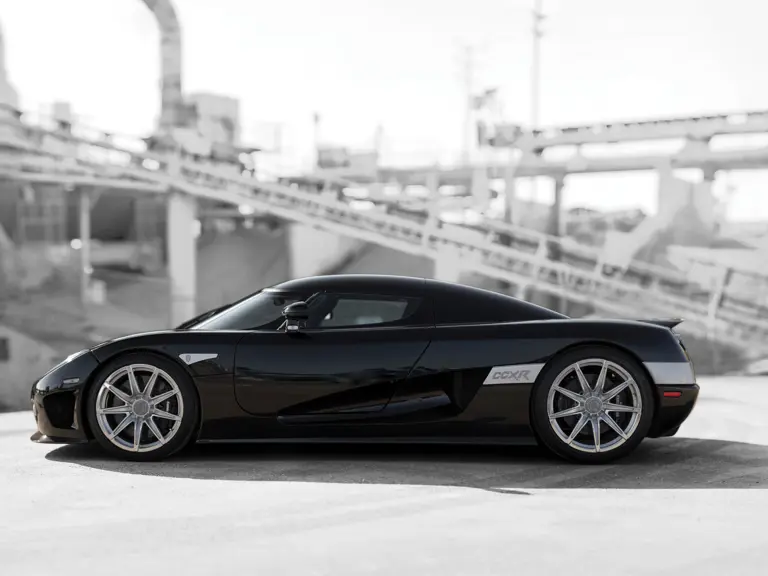


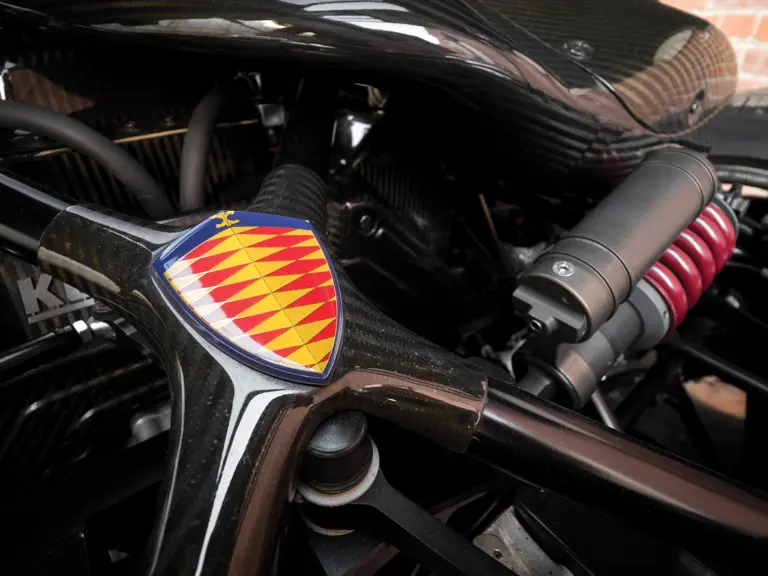
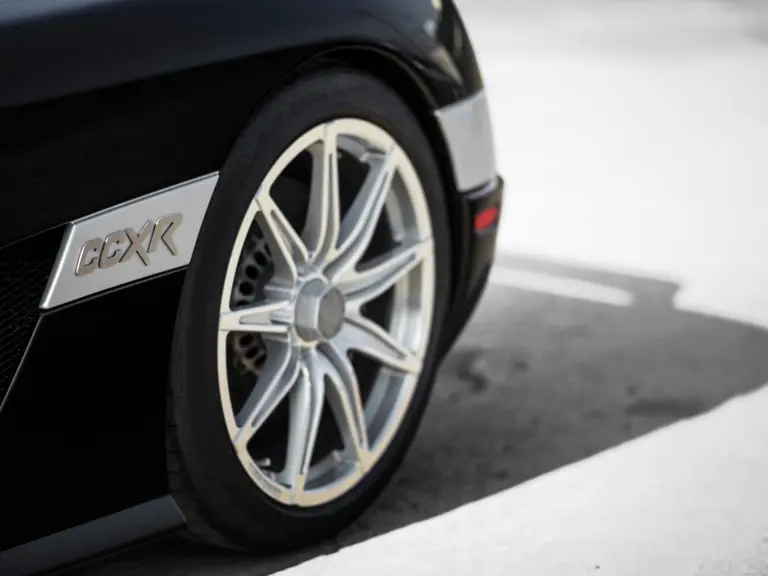
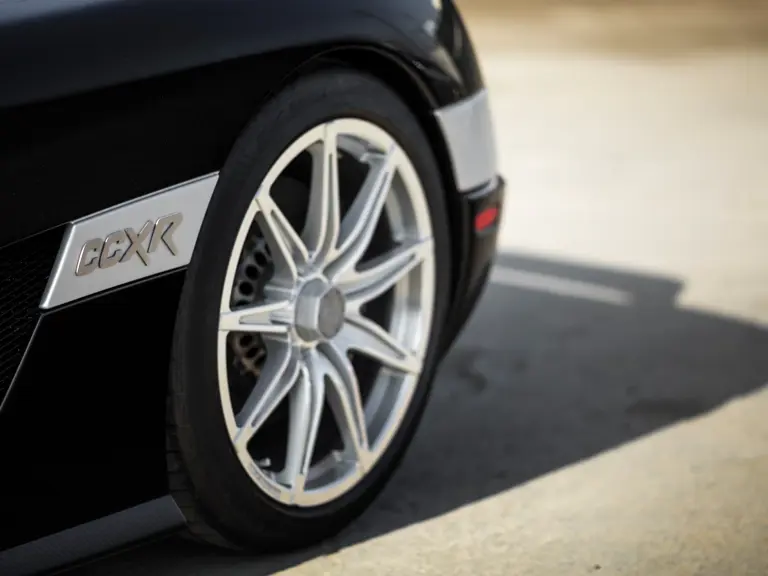

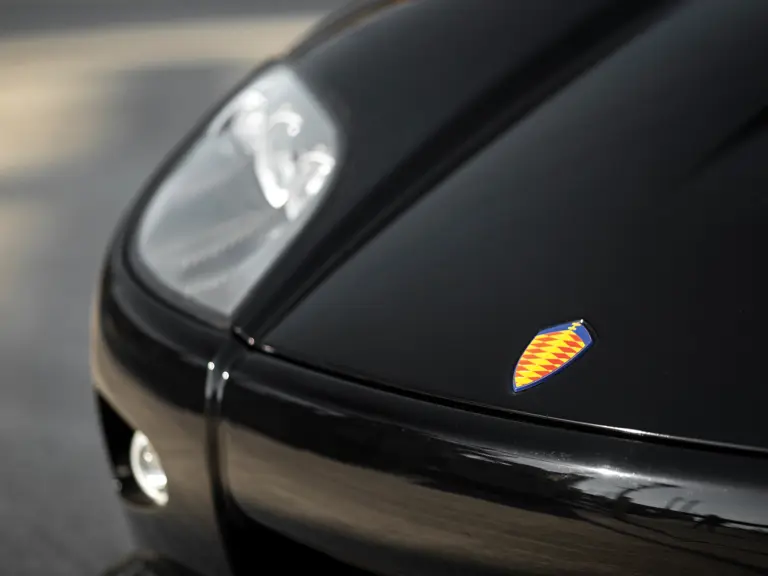
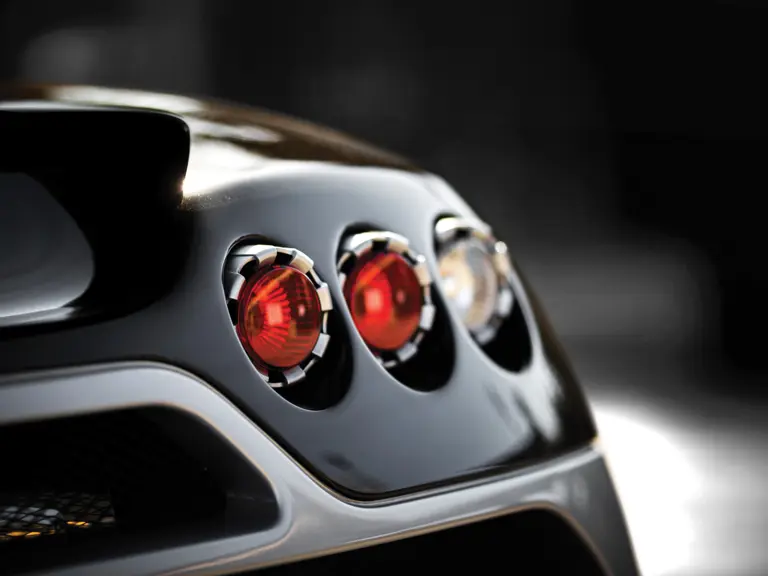
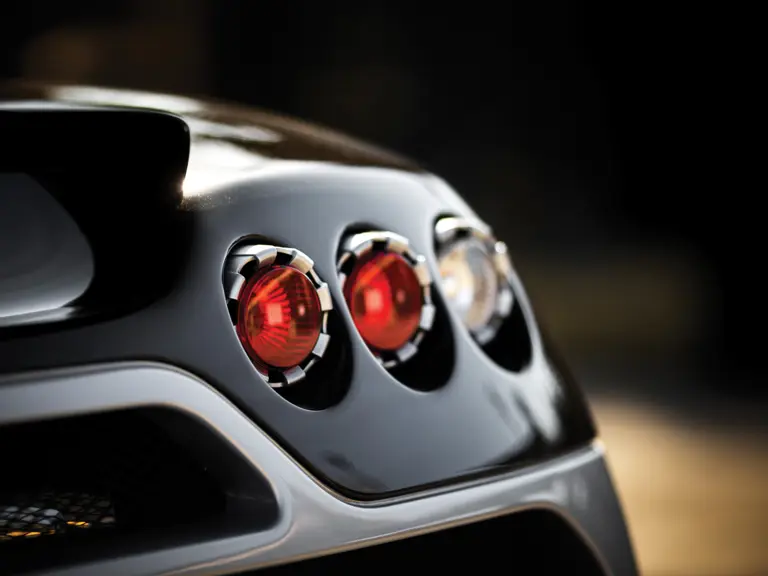
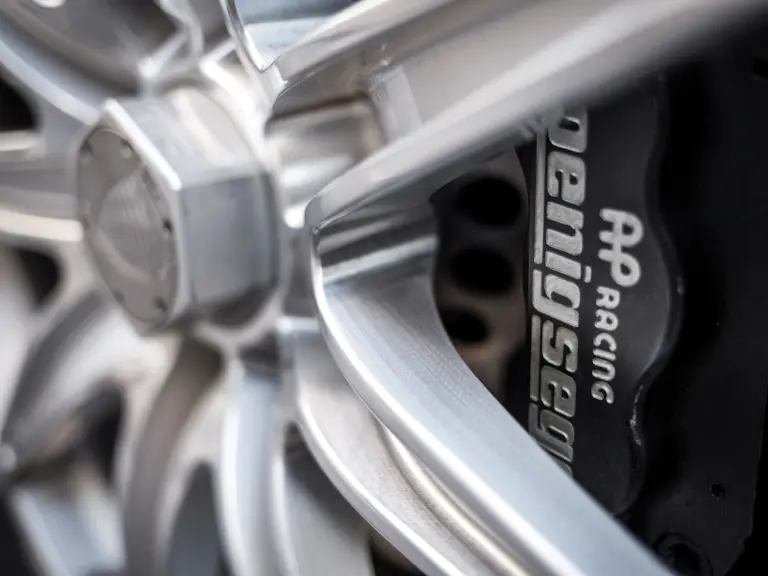
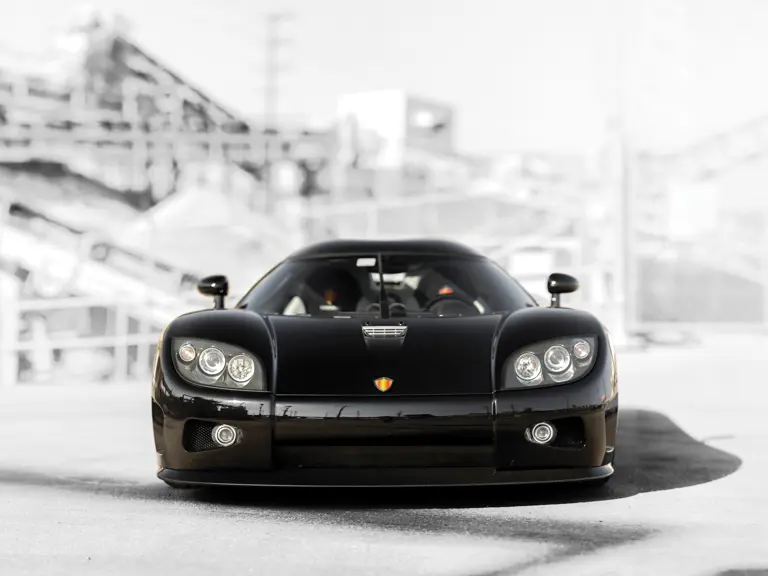
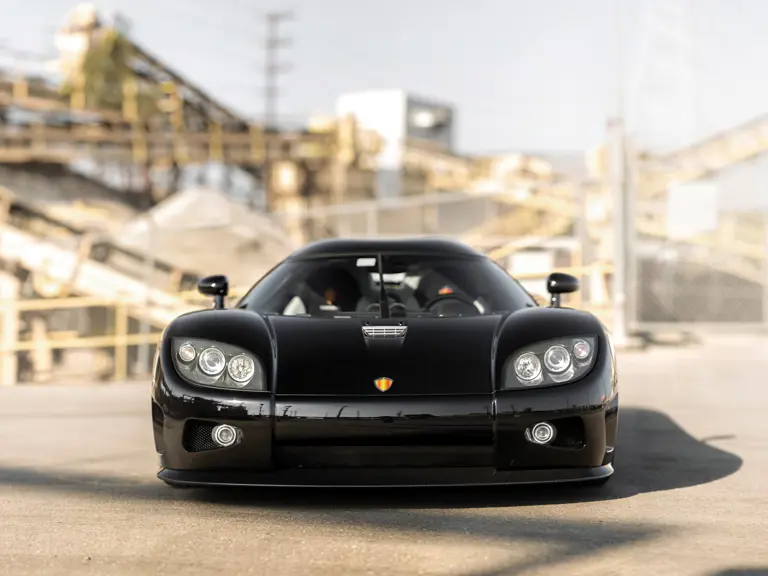
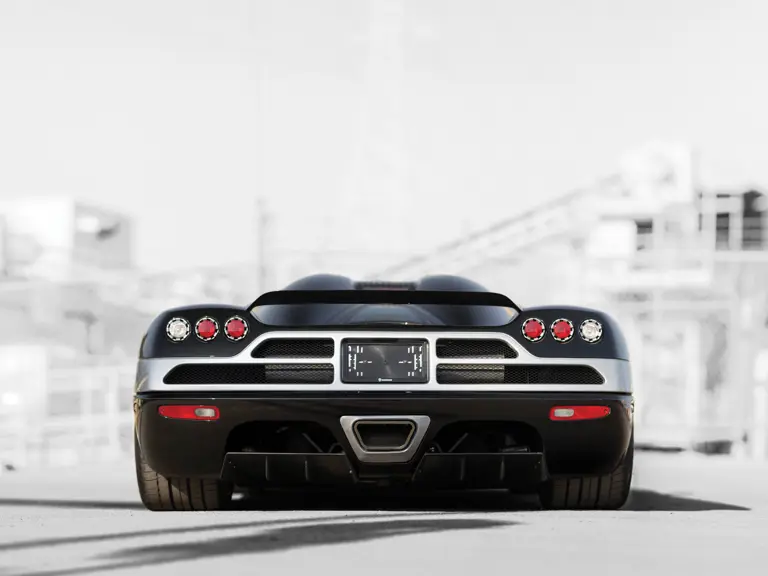
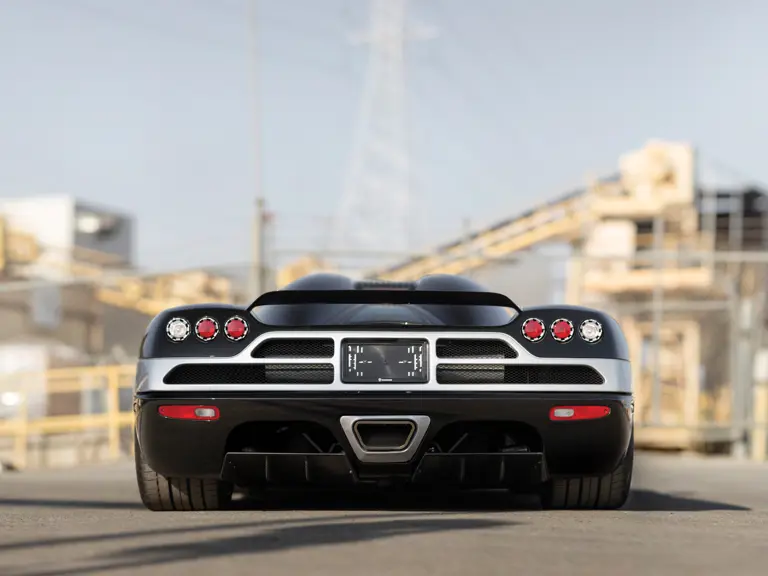

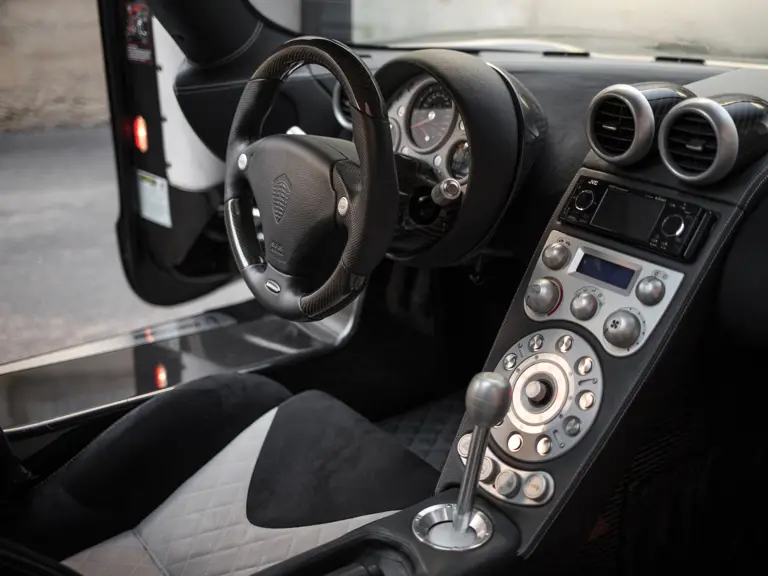
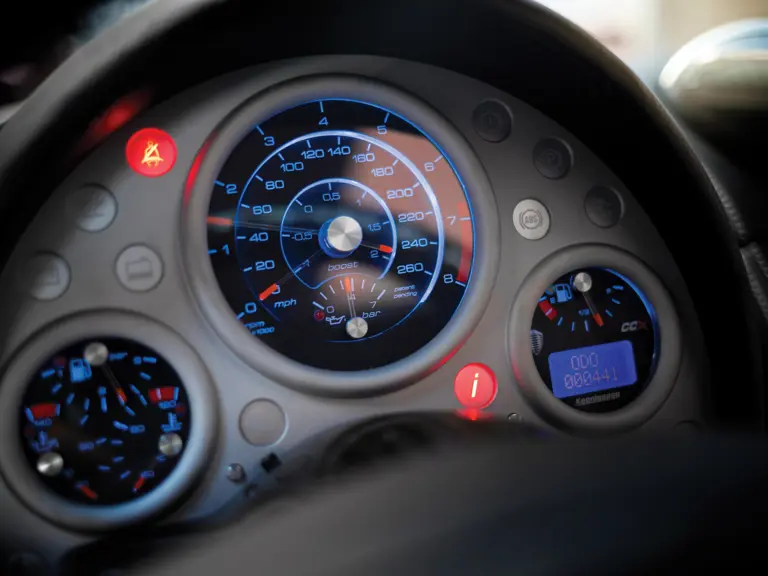
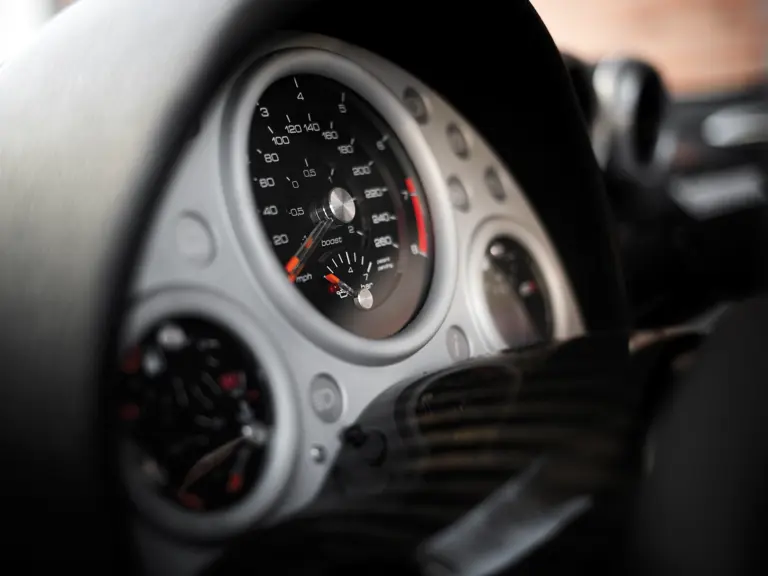
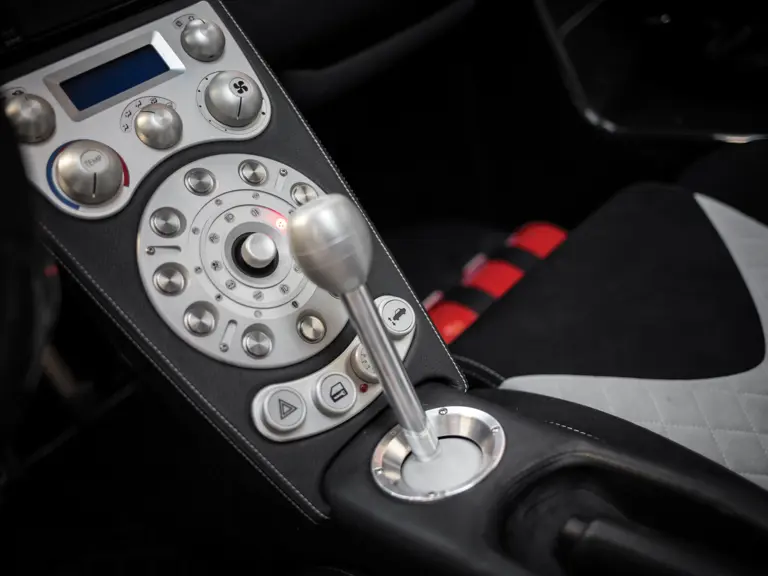

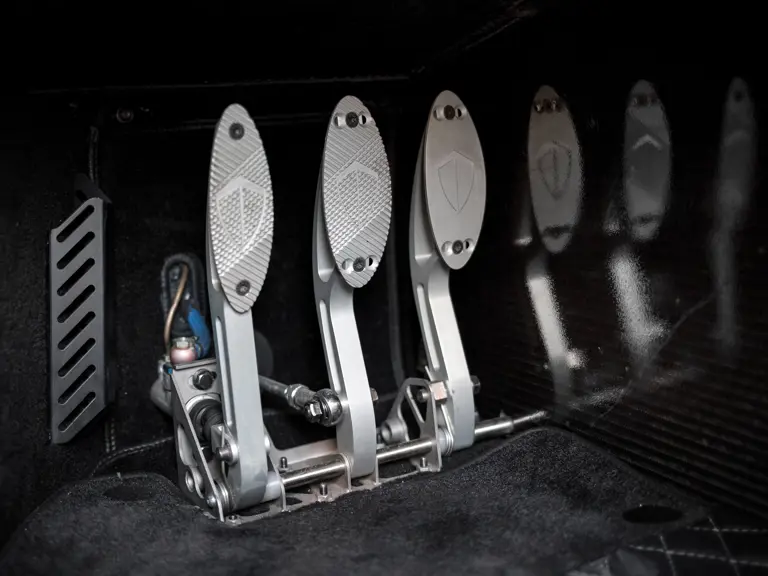
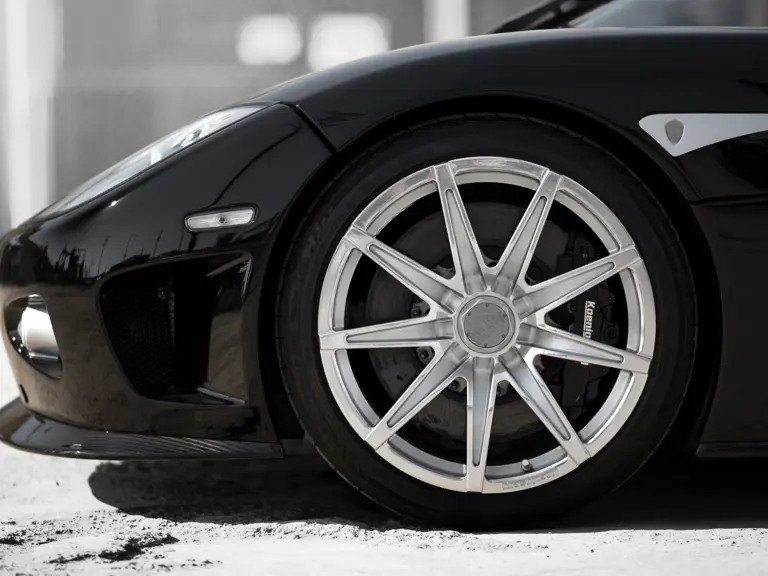
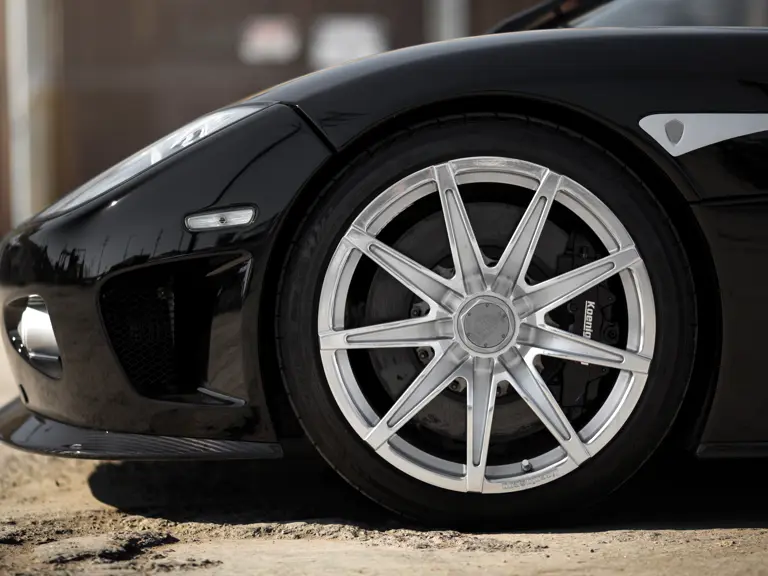
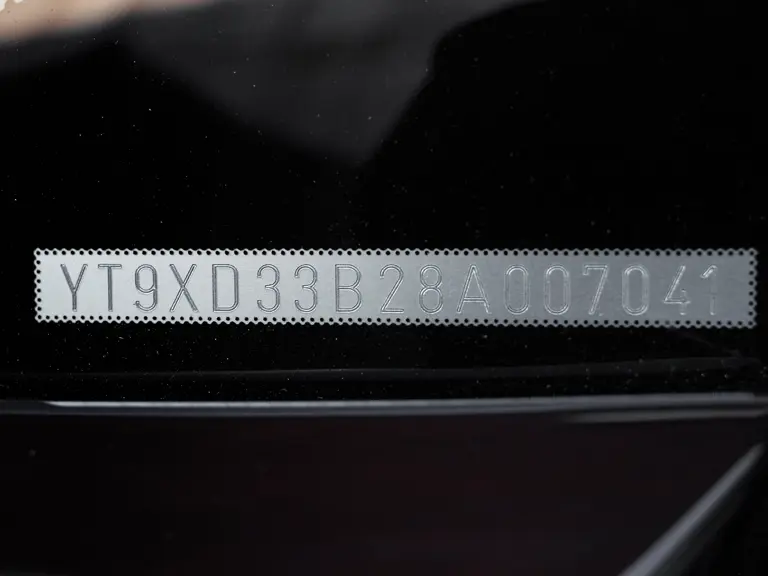

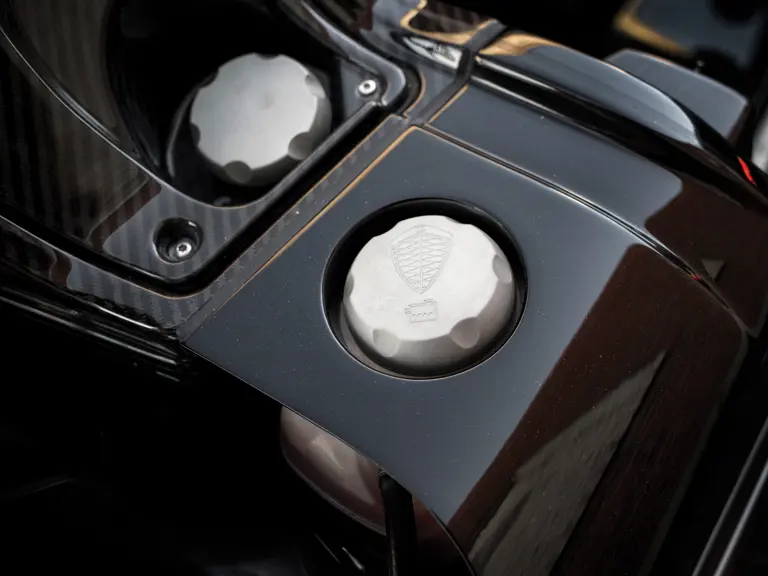
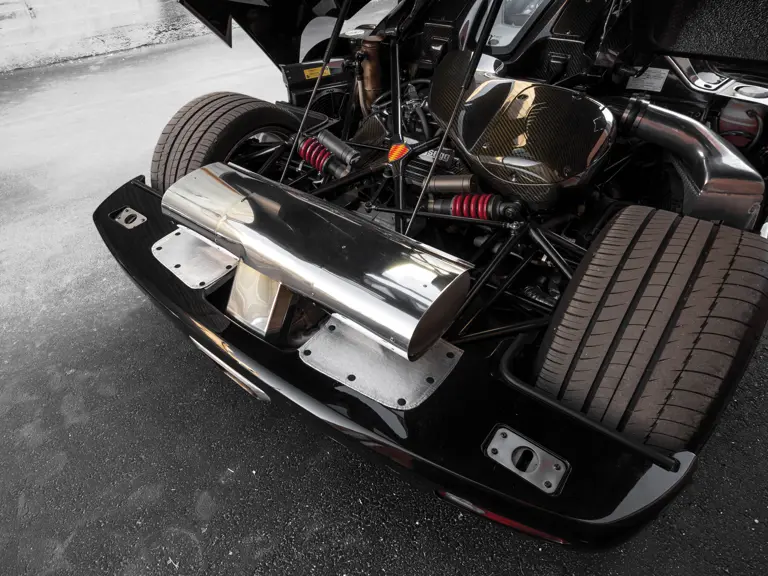
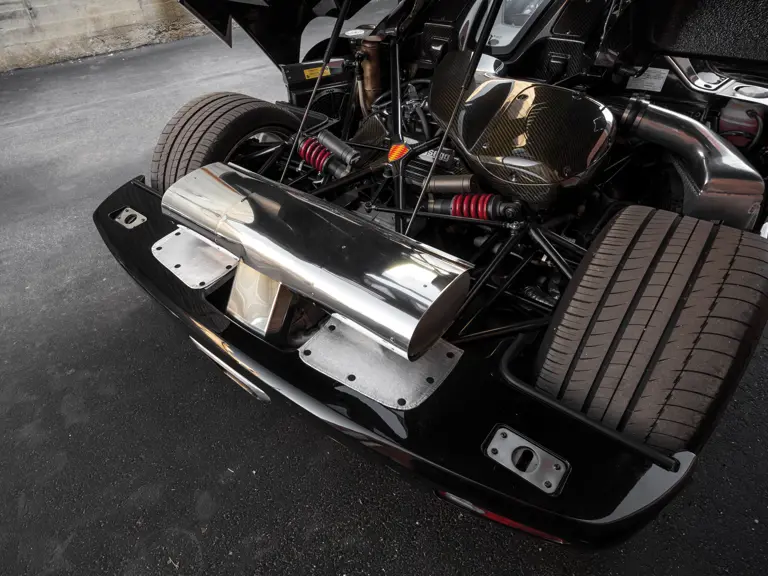
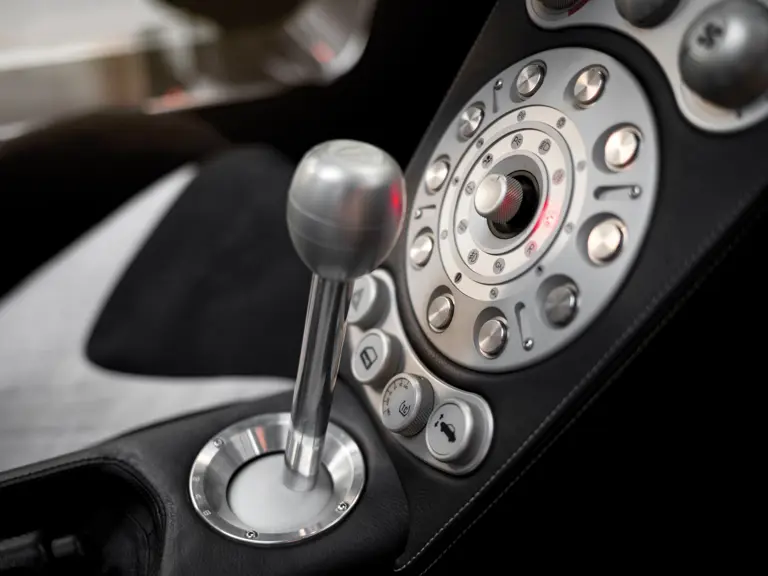
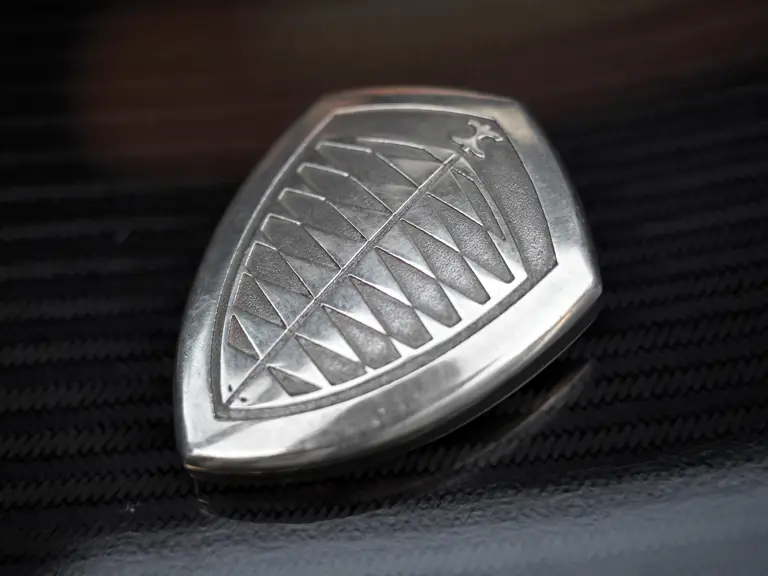
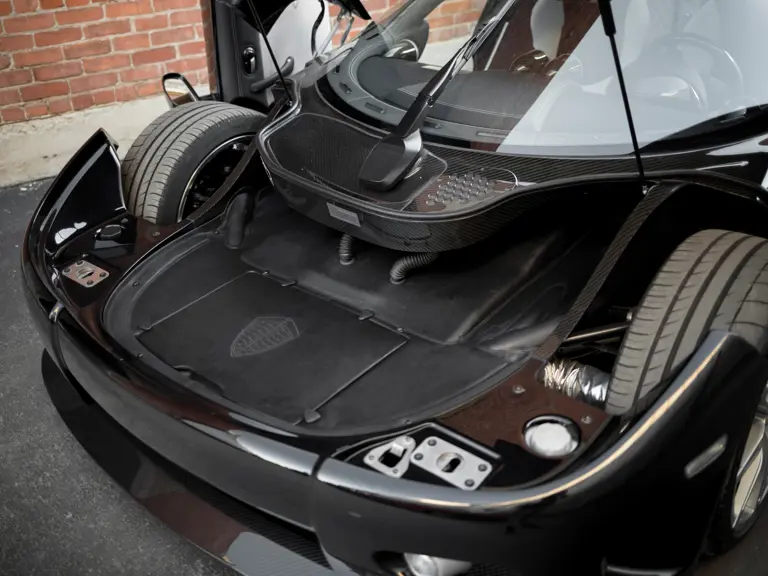
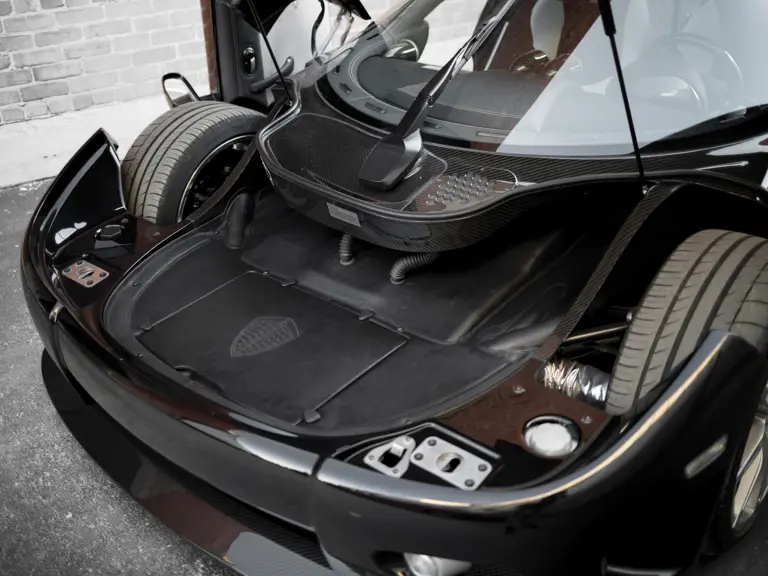
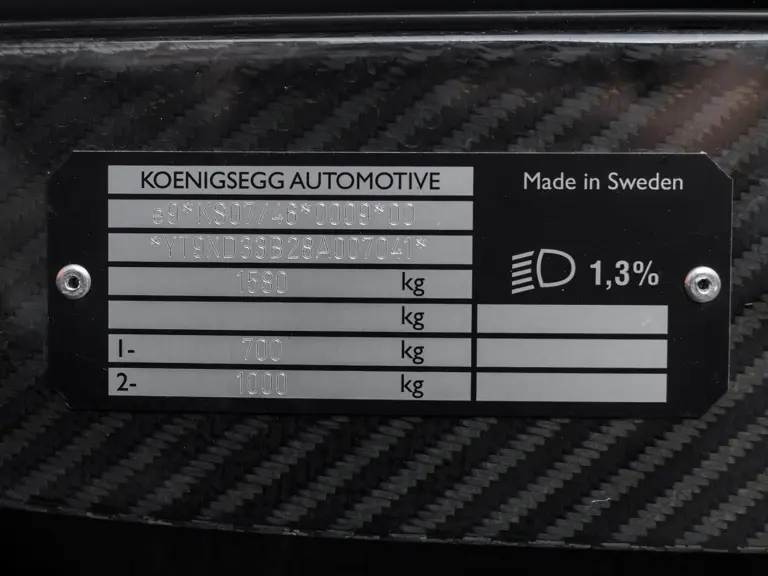

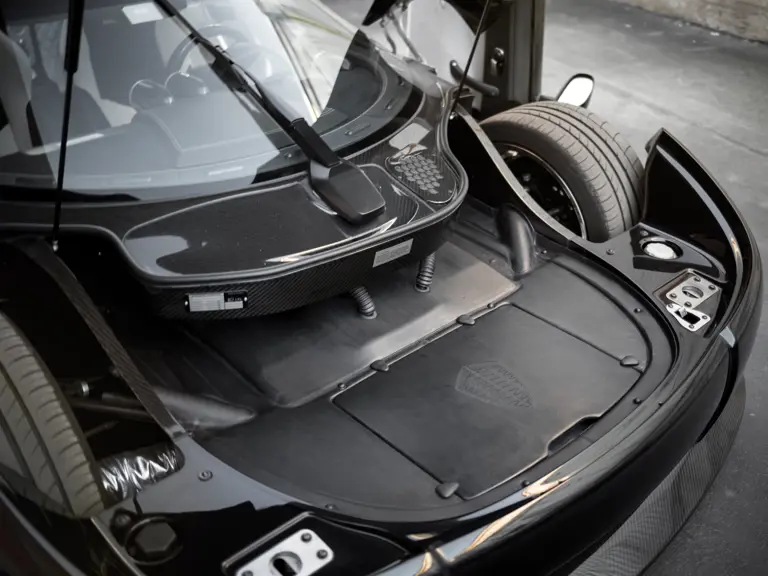

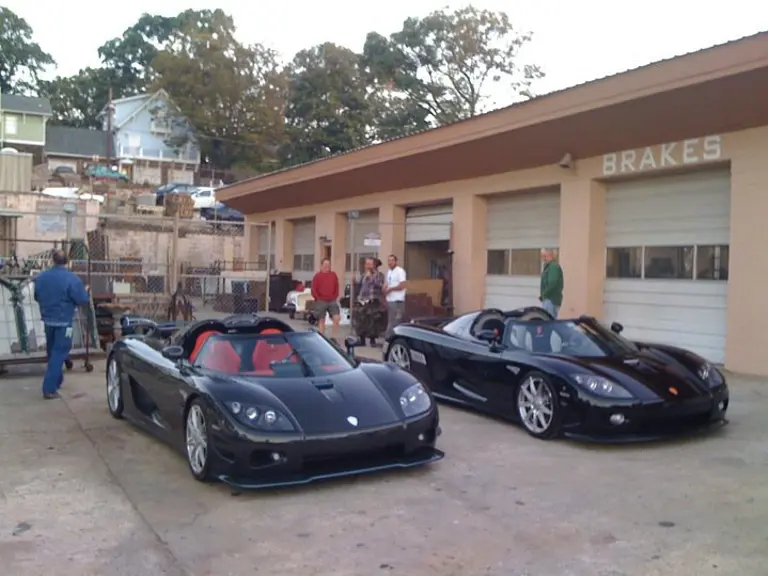
 | Monterey, California
| Monterey, California
